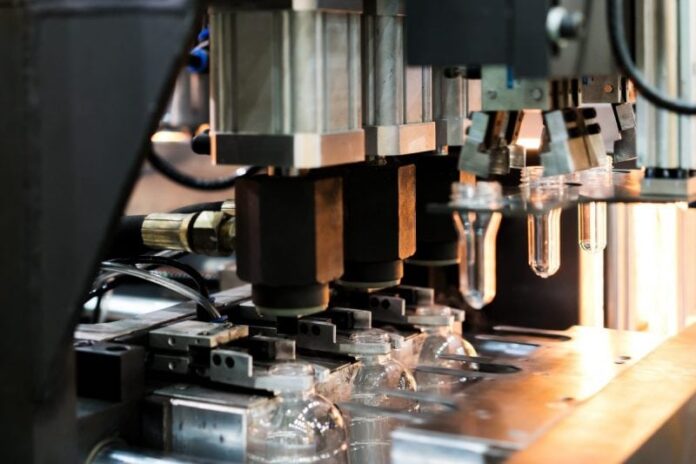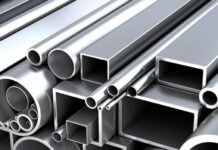Plastic is arguably one of the best manufacturing materials mankind has ever come up with. It is very easy to work with, yet it offers good strength, durability, and resistance to environmental influences. Best of all, you can shape plastic into just about anything you want. You do not get anywhere near the same flexibility with wood, paper, glass, or metal.
Have you ever wondered how plastic parts and pieces are manufactured? It turns out there isn’t just one manufacturing method. There are nearly a dozen. We will not look at all of them in this post, but we will look at seven of them.
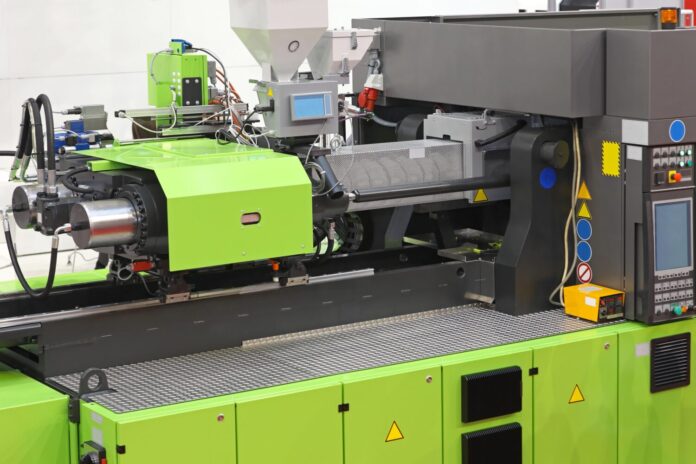
7 Ways to Make Plastic Parts
Manufacturers choose a process based on a few key factors including the type of plastic they are working with, the thickness of the finished part, and the complexity of the part’s design. With that in mind, here are seven ways to make plastic parts:
- Injection Molding – Injection molding involves rapidly injecting molten plastic into a steel mold and letting it cool. This is the most common form of plastic manufacturing, widely used due to its efficiency in producing large quantities of uniform parts. It’s particularly favored in mass production where consistency and precision are paramount. The technique allows for intricate designs and can incorporate different types of plastics, making it versatile for various applications.
- Reaction Injection Molding – This process is similar to injection molding except that manufacturers instigate a chemical reaction between plastic and another chemical to force the plastic to expand inside the mold, almost like foam insulation. It is especially suited for producing large, lightweight, and strong parts with a high strength-to-weight ratio. The process allows for more complex geometries and is commonly used in automotive and aerospace industries for producing parts that require specific structural properties.
- Rotational Molding – Rotational molding involves a multi-piece mold with plastic powder placed inside. The mold is heated and rotated on two axes. During rotation, the plastic powder adheres to the sides of the mold. Rotation continues until the desired thickness is achieved. The plastic is then allowed to cool and cure, forming hollow objects like tanks and helmets. This method is ideal for creating large, hollow parts and offers uniform wall thickness and more design flexibility compared to other processes.
Source: e2global.com - Extrusion Blow Molding – This manufacturing process involves placing molten plastic into a two-piece mold, then injecting air into the plastic so that it is forced to the sides of the mold. The temperature difference between mold and plastic causes the plastic to cool quickly, forming hollow objects such as bottles and containers. This method is particularly efficient for high-volume production and can produce parts with complex shapes and excellent surface finish.
- Injection Blow Molding – Injection blow molding is similar to extrusion blow molding except that manufacturers use a gas to blow the molten plastic into the mold. This process is ideal for making plastic water bottles and offers better control over wall thickness. It combines the precision of injection molding with the flexibility of blow molding, allowing for intricate shapes and high-quality surface finishes in bottle manufacturing.
- Compression Molding – Compression molding involves placing a thin piece of heated plastic into one half of a die, then lowering the other half down onto it. The part is formed through the combination of heat and pressure, ideal for large, fairly simple parts. This method is often used for making auto parts, containers, and housing for electronics. It’s a cost-effective process for high-volume production and is known for its ability to create strong, durable parts.
- Thermoforming – Thermoforming involves placing a heated sheet of plastic on top of a die and then stretching it over the die, using a vacuum, to force it to take the die’s shape. It is widely used for producing packaging, trays, and panels. This method is versatile and cost-effective for producing large parts with relatively low tooling costs. It allows for quick design changes and is efficient for both short and long production runs.
Each of these manufacturing methods has its pros and cons. A particular method is chosen based on what a manufacturer is trying to accomplish.
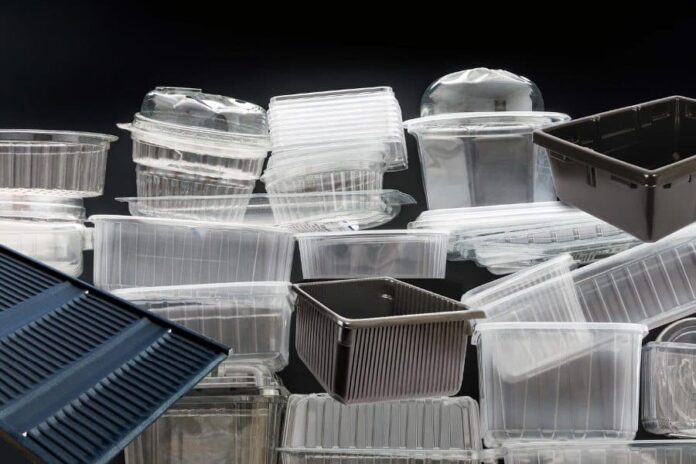
They All Produce Waste
The one thing all the manufacturing methods have in common is that they produce waste. That waste can either be discarded or recycled. When recycling is the chosen option, a company like Seraphim Plastics will pick up the scrap and send it through a series of grinders to turn it into small pallets that can be mixed with virgin plastic to create new parts.
Recycling is part and parcel in plastics manufacturing. It makes little sense for companies to throw away plastic cutoffs and machine purge. They can either grind it themselves or sell it to other companies. Either way, recycling the waste keeps it out of landfills.
And now you know how plastic parts and pieces are manufactured. Each of the described processes is quite simple in principal. It takes skill to make precision molds and dies, and that is where the real work comes in. After that, manufacturing is a piece of cake.
Quality Assurance
Quality Assurance in the plastic manufacturing process is paramount to ensure that each product meets the set standards of durability, functionality, and safety. This involves rigorous testing and monitoring at various stages of production.
From the initial design to the final output, each step is scrutinized for adherence to predetermined specifications. For instance, in injection molding, the dimensions and strength of the parts are checked, while in blow molding, the uniformity and thickness of the walls are assessed.
Advanced technologies like 3D scanning and automated inspection systems are often employed for precision and consistency.
Quality Assurance also includes regular maintenance of the equipment to prevent defects and ensuring that the materials used are of high quality. This meticulous approach not only safeguards the integrity of the products but also enhances customer satisfaction and maintains the manufacturer’s reputation for quality.
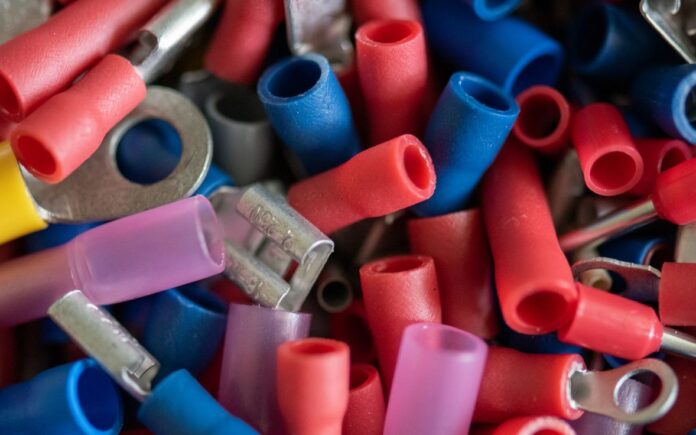
Summary
To sum up, the realm of plastic manufacturing encompasses a diverse array of techniques, each suited to particular project requirements. Although these methods differ in their processes, they all share the common issue of waste production, which can be effectively managed through recycling efforts.
Integral to this industry is the robust practice of quality assurance, employing thorough testing and cutting-edge technology to guarantee that the final products adhere to stringent quality standards.
Such a dedicated focus on quality upholds the industry’s esteemed reputation and continues to significantly influence and transform our daily lives in numerous ways.


